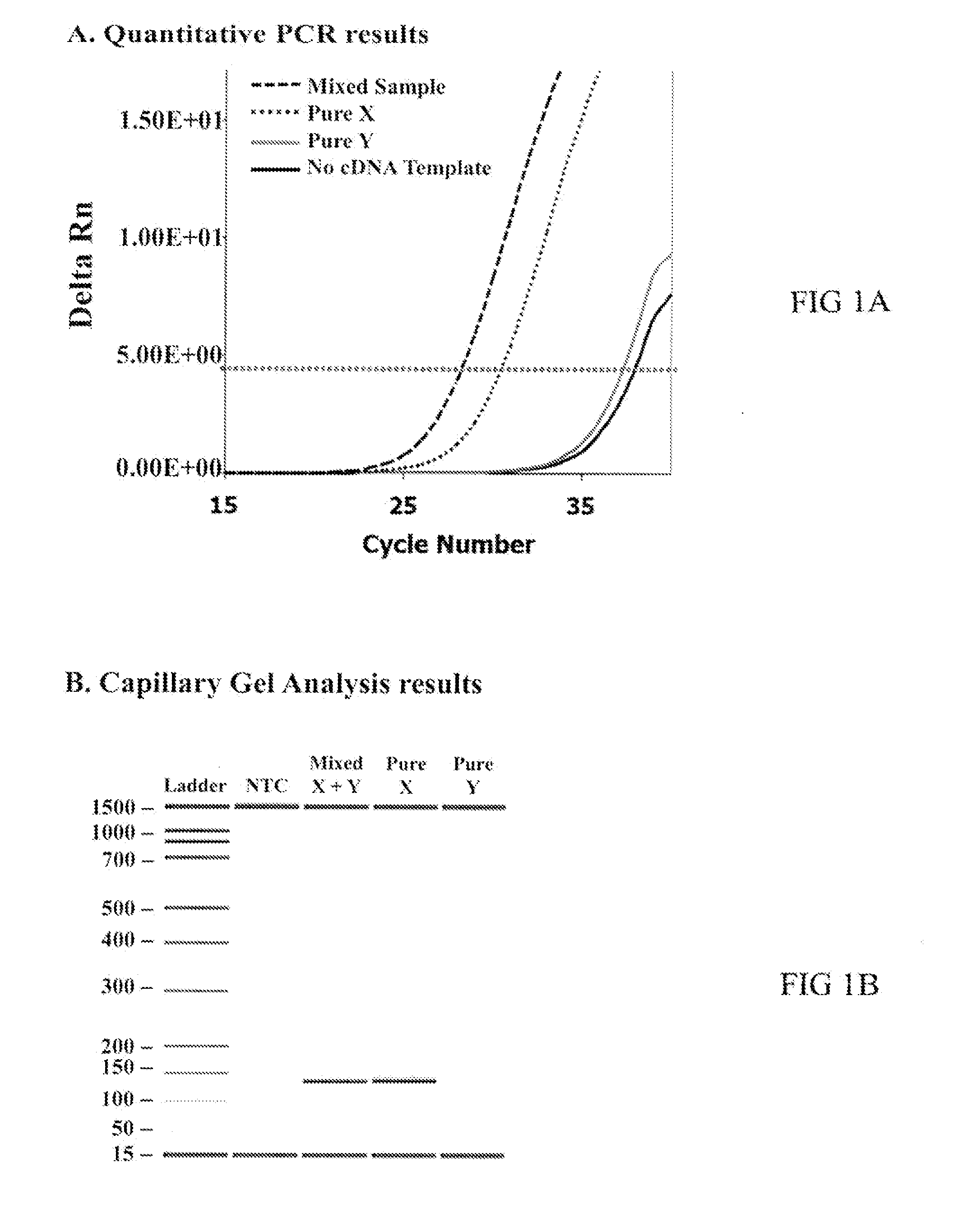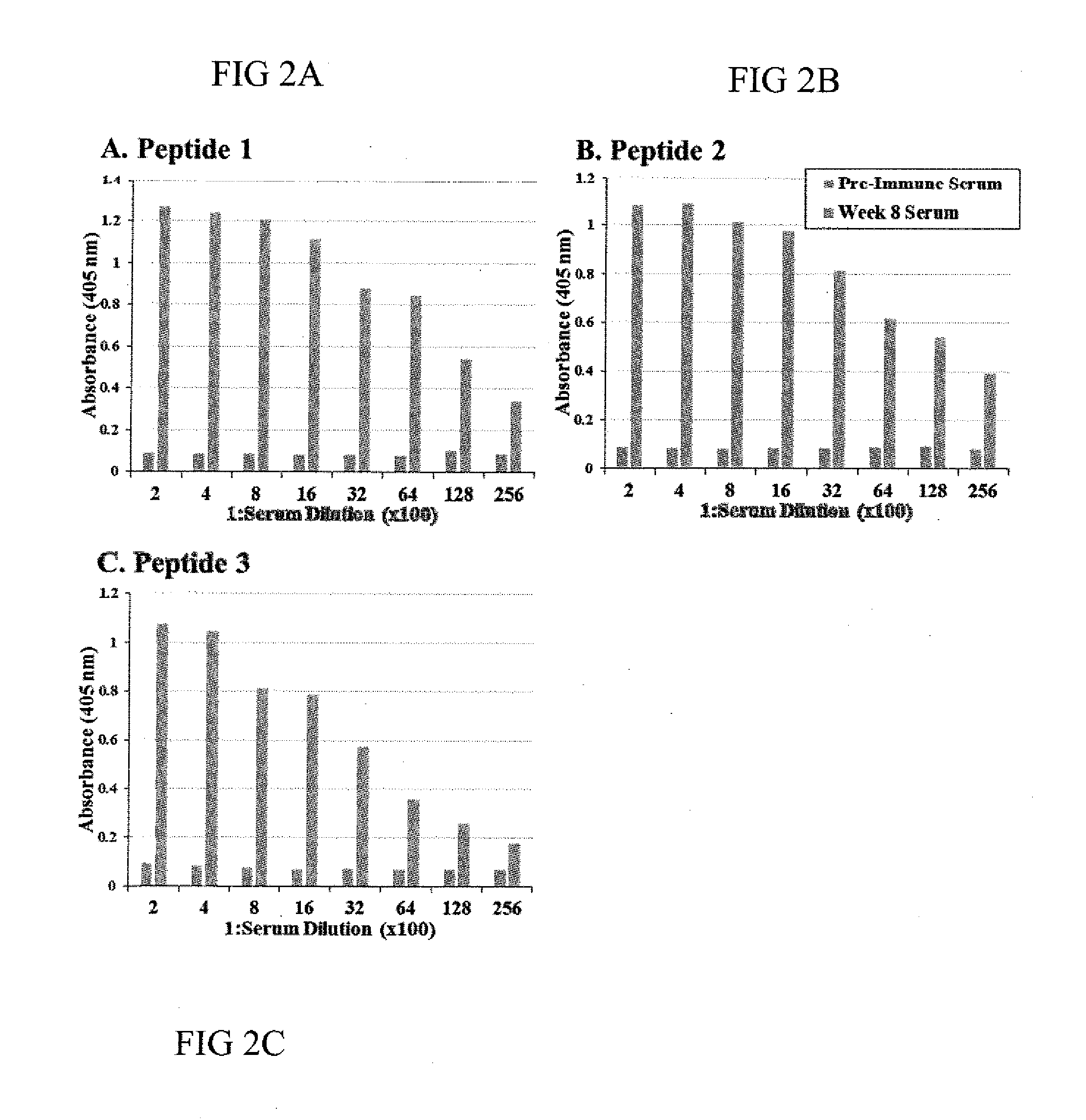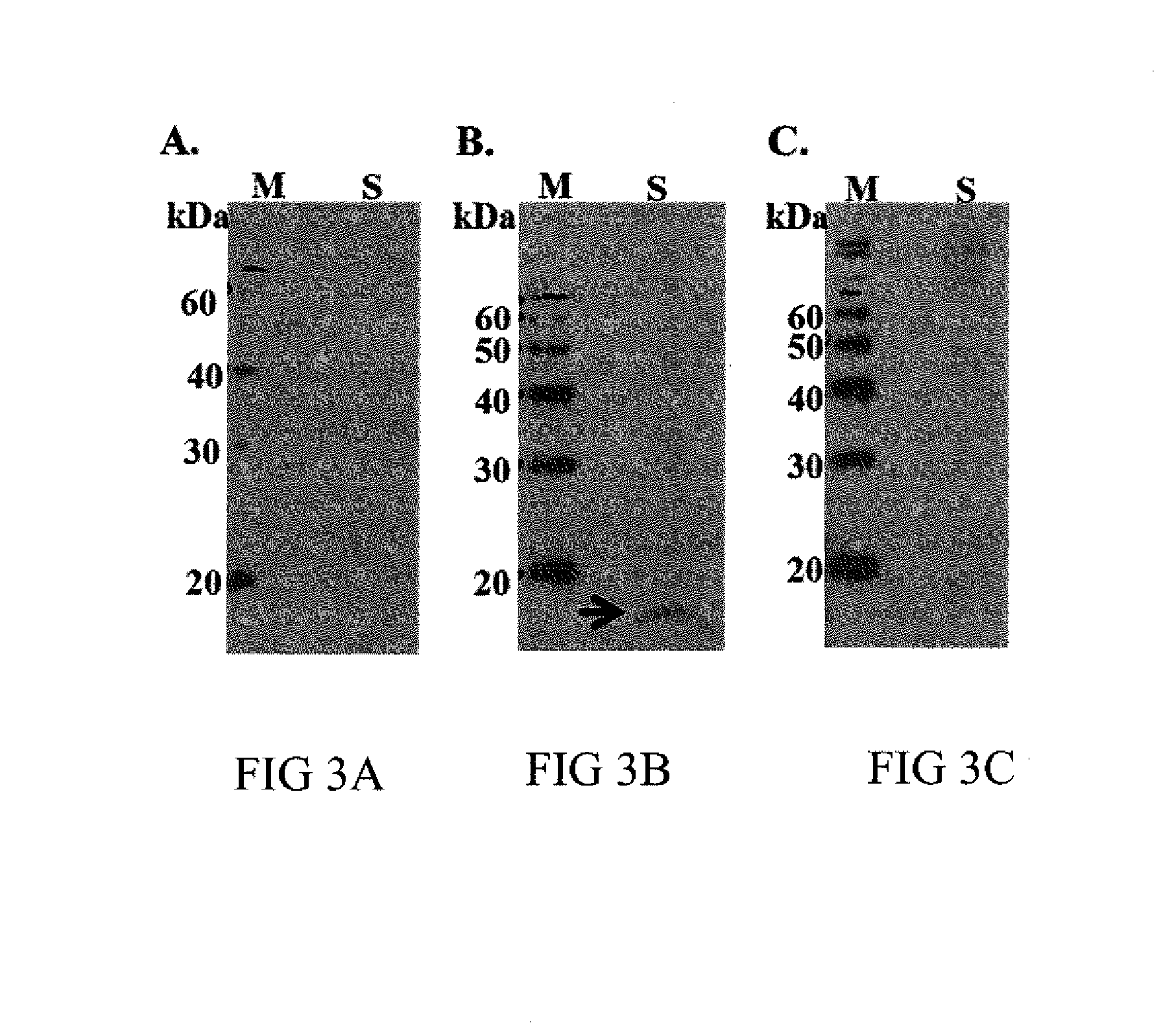Antibody for skewing sex ratio and methods of use thereof
a technology of sex ratio and antigen, which is applied in the field of skewing sex ratio, can solve the problems of lowering fertility, abnormalities in offspring, and none of them is suitable for commercialization, and achieves the effect of non-invasiv
- Summary
- Abstract
- Description
- Claims
- Application Information
AI Technical Summary
Benefits of technology
Problems solved by technology
Method used
Image
Examples
example 1
Identification of a Novel Biomarker for X-Bearing Sperm
[0036]Laser capture microdissection (LCM) was used to isolate Y-bearing sperm from nonsorted bull semen in order to identify sperm biomarkers. In brief, Percoll® prepared frozen-thawed semen from multiple Bos taurus and Bos indicus breeds was immobilized, decondensed and adhered to glass microscope slides. Sperm slides underwent in situ hybridization using the Star*FISH© paint system for the bovine Y-chromosome (Cambio Ltd; Cambridge, UK) according to the manufacturer's instructions. Fluorescence label (Cy3) on chromosome probe enabled visual classification of sex chromosome content of sperm. Using a LCM equipped microscope, single sperm cells with the desired chromosome content were lifted off the slide and “captured” onto a membrane. Total RNA isolated from each population of captured sperm cells (pure Y-chromosome containing and mixed-chromosome containing) was then compared by microarray analyses to identify a novel biomarke...
example 2
Production of Anti-GX1 Peptide Antibody
[0040]Next, polyclonal antiserum was generated in rabbits against multiple peptide antigens for GX1 protein by Bio-Synthesis Inc (Lewisville, Tex.). Specifically, the amino acid sequence for GX1 protein was derived from the DNA sequence for GX1 (SEQ ID NO:4) and analyzed for antigenic sites. Three immunograde peptides derived from 3 different antigenic sites within GX1 protein (Table 2) were synthesized utilizing FMOC chemistry under continuous flow conditions using PEG-polystyrene resins. At the completion of synthesis, peptides were cleaved from the resin, de-protected, and then precipitated using cold diethyl ether. The precipitate was then washed three times with cold diethyl ether and dissolved prior to lyophilization.
[0041]Purity and mass of peptides were evaluated by analytical-scale reverse-phase high performance liquid chromatography (HPLC) chromatogram and matrix-assisted laser desorption ionization (MALDI), respectively. For analytic...
example 3
Incubation of Anti-GX1 Peptide Antibody with Bull Semen
[0048]For the following studies, commercially available extended and cooled semen was used. In brief, ejaculate was collected from bulls (multiple Bos taurus and Bos indicus breeds were tested, specifically Angus, Cross, and Red Brangus), mixed with BIOXcell extender (IMV Technologies, Maple Grove Minn.) and equilibrated at 4-5° C. for 3 h prior to shipping overnight on ice packs. Upon arrival at the laboratory, semen was washed with HEPES-PVA buffer (prewarmed to 25-30° C.; 114 mM NaCl, 3.2 mM KCl, 0.3 mM NaH2PO4, 10 mM Lactic Acid, 2 mM CaCl2, 0.5 mM MgCl2, 10 mM HEPES. 2 mM NaHCO3, 0.2 mM Na Pyruvate, 0.1% PVA). Sperm pellets were resuspended in HEPES-PVA containing 1:1000 dilution of Live / Dead® Fixable Far Red (Life Technologies, Grand Island, N.Y.) dead cell stain and then incubated for 10 min at 35° C. Sperm were washed once with HEPES-PVA to remove excess stain and then resuspended to a final concentration of 10×106 cells...
PUM
| Property | Measurement | Unit |
|---|---|---|
| Fraction | aaaaa | aaaaa |
| Antigenicity | aaaaa | aaaaa |
Abstract
Description
Claims
Application Information
 Login to View More
Login to View More - R&D
- Intellectual Property
- Life Sciences
- Materials
- Tech Scout
- Unparalleled Data Quality
- Higher Quality Content
- 60% Fewer Hallucinations
Browse by: Latest US Patents, China's latest patents, Technical Efficacy Thesaurus, Application Domain, Technology Topic, Popular Technical Reports.
© 2025 PatSnap. All rights reserved.Legal|Privacy policy|Modern Slavery Act Transparency Statement|Sitemap|About US| Contact US: help@patsnap.com



